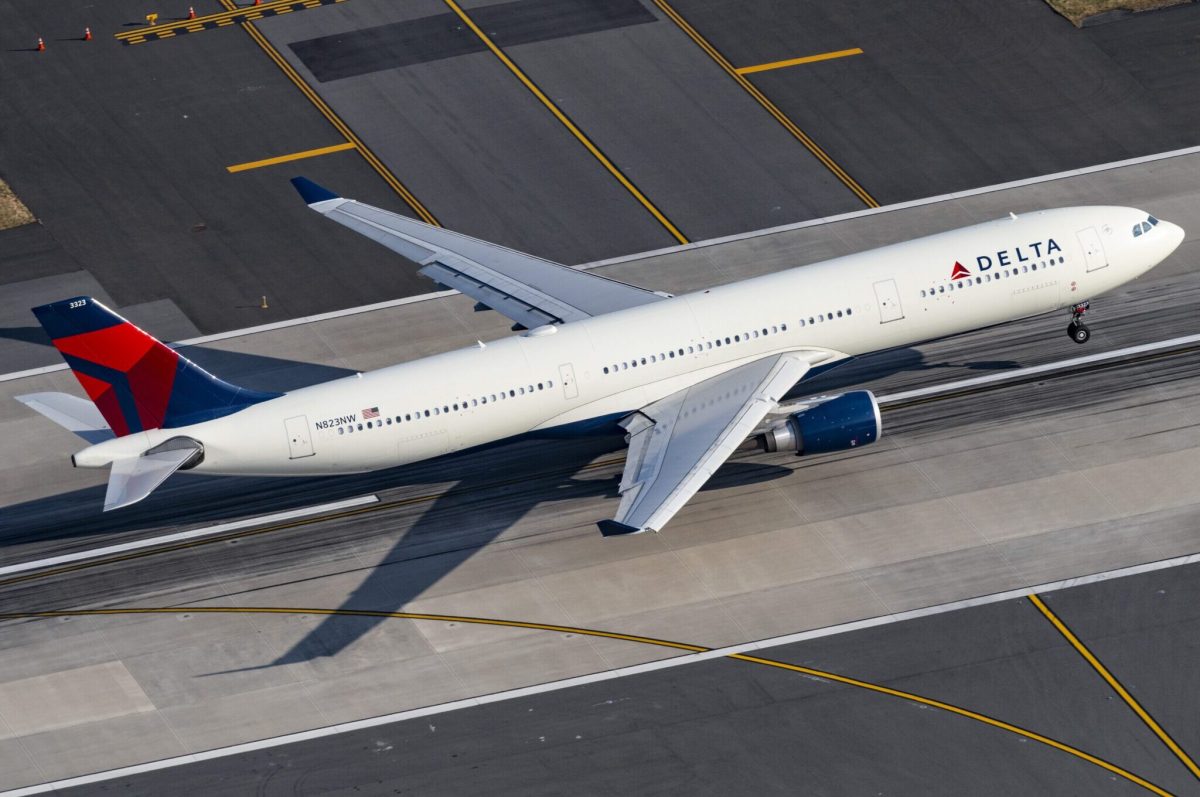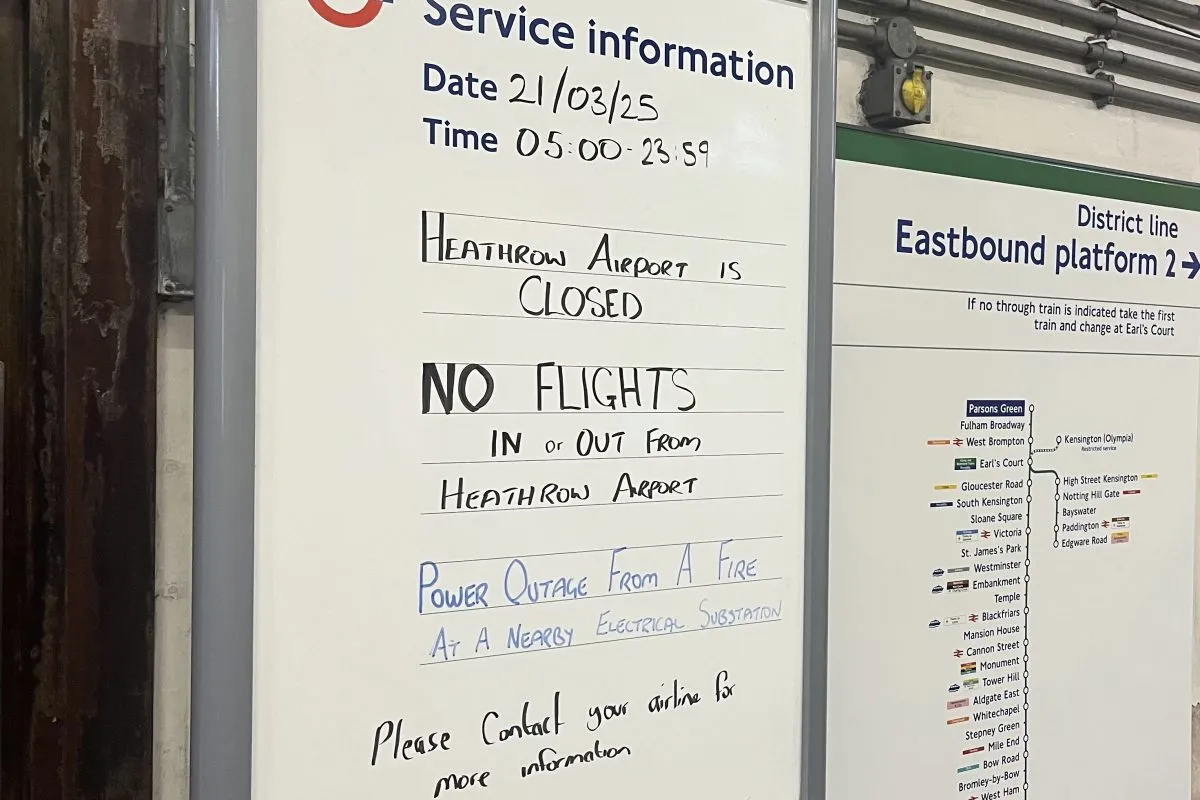China Tourism Leans on Cross-Province Group Tours as Bellwether of Recovery

Skift Take
A three-night luxury private group tour of Qingdao, a seaside city in Shandong province ideal for summer vacation because of its Tsingtao Beer, fresh seafood and clean reputation, sold out on Ctrip in 10 seconds, following government announcement on the evening of July 14 that cross-province group travel could resume as of July 30.
It's mind-boggling that a group could be assembled in just 10 seconds, but pent-up demand creates the implausible and this is another confirmation of how bottled up Chinese are about travel. It augurs well for its next phase of domestic market recovery and raises hope that Chinese overseas travel could be next, or at least within sight.
China's deliberate and guarded travel unlocking is also a template that is being watched for any lessons it may provide, as frustrations mount over jagged reopenings with even success stories such as Vietnam being stymied by a new surge of cases.
The resumption of group travel between provinces, cities and districts came after a nearly six-month ban on January 24, and just in time for the summer school holiday in July and August.
Trip.com Group spokesperson, Wendy Min, added that after the announcement, Ctrip saw more than 20,000 travelers signing up on a single day. All reservations must now be made with real names, whereas before in some cases a person could book for six people using one name.
“This shows the enthusiasm of the Chinese people [for travel],” Min said. “Parents, children, middle-aged and elderly are the main force of the summer break. We can see that private groups, small groups, Five Diamond [Ctrip's high-end groups], private travel gathering among family and friends are [in demand].” Provinces such as Shandong, Sichuan and Qinghao are hot favorites.
Ctrip has around 120,000 domestic products — group, free independent travel, theme and customized tours — ready for cross-province vacations, she said. These include its own, and products from more than 4,000 travel agencies.
Competitor Meituan Dianping saw searches for scenic spots by users outside the places they live in, whether cross-province or cross-city within the same province, rise 130 percent by noon of July 15, said spokesperson Whitney Yan. As of July 29, more than 9,000 tourist attractions in China have reopened and can be booked through Meituan, she said. The company has just launched a Super Group Buy promotion, working with 12 hotel chains to offer booking coupons of up to 80 percent discount from July 30.
What's Allowed
Travel agencies and online travel players can restart group tours and flight-and-hotel packages in seven regions: Shanghai, Sichuan, Guizhou, Jiangxi, Shandong, Qinghai and Hunan. Cross-province travel between regions with medium to high Covid-19 risk levels are prohibited, the Ministry of Tourism and Culture announced.
“There are still sporadic outbreaks in different parts of China and a nationwide mechanism to control the spread through very localized lock-downs and quarantines,” said China expert Roy Graff, managing director and chief marketing officer of Dragon Trail Interactive.
On Thursday, there were 105 newly confirmed cases, 96 of them in Urumqi, Xinjiang; five in Liaoning; and one each in Beijing, Guangdong, Yunnan and Shaanxi.
Apart from getting scenic spots across the country to strictly implement real-name reservations, travel agencies must also guide tourists to visit sites at different time intervals to minimize crowds and ensure daily visitor numbers does not exceed limits.
“People joining the tours must present the Green Health QR code. Tourist attractions on group tours must be pre-booked, running at maximum 50 percent capacity from 30 percent before. I also understand that the Chinese government has suggested that tour operators include fewer attractions so in case something happens, they can easily keep track and control the situation. And in the event a region suddenly becomes a high risk, the government can demand tours to stop immediately,” said Anita Chan, CEO of Compass Edge, which helps hospitality companies reach the China travel market.
Safety is not just the government's top concern but consumers’. A recent survey on Weibo and WeChat conducted by Ctrip found that 88 percent of Ctrip users are willing to travel across provinces this year, a new high. But they mainly prefer destinations with lower risks, said Min.
“We are working with travel agencies, cultural and tourism departments, and retail stores to set up stricter and standardized service standards and [safety and security] guarantees for domestic tourism,” she said.
Meituan too partners big local chains such as Huazhu, HomeInns and JinJiang in a Safe-Stay Program, whereby both work together to establish preventive measures and improved services. “These include strict health precautions for all employees and guests, close tracking of consumer information, free booking cancelations and discounts for additional nights,” said Yan.
“So far, we have achieved noteworthy progress, successfully engaging about 250,000 hotels and bed & breakfasts in more than 300 cities nationwide in the program. Other than Safe-Stay hotels, we have similar initiatives for other types of merchants, including Safe-Dining restaurants, Safe-Play tourist destinations, and so on.”
A Lot of Weight
A lot hinges on a successful resumption of cross-province group travel, given that travel distributors like Trip.com are expecting to report Q2 revenue declines of as much as 77 percent, while Chinese airlines are evidently pulling their weight to bolster load factors, as seen in their latest craze, the “all you can fly” domestic pass. The latest carrier, China Southern, priced its pass at $529 (3,699 yuan, excluding airline tax of around 50 yuan per flight), which passengers could use for as many flights as they wish across the country from August 26 to January 6.
Any resurgence of Covid-19 when group travel cross-province begins will undermine confidence and bookings for the next important holiday season, the October National Day holiday.
“That is the next peak to look to to understand if the recovery is underway,” said Graff.
Likewise, Compass Edge's Chan sees the August summer holiday as the first test. “When more people see others travel and return safely, demand will further pick up and the peak will definitely be at the October 1 China National Holiday, then if there is no drama, rising through the rest of 2020 and carrying on to Chinese New Year in 2021.”
Wouldn't that be great.




